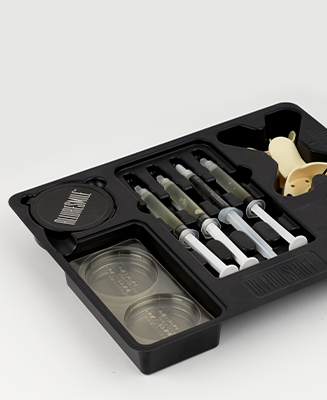Design Criteria for Clear Plastic Packaging
There are a lot of factors one must evaluate once it is determined that clear plastic packaging is ideal for packaging one’s product. Many of these will be related to the volume of packages desired, how the product will be merchandised and the size, weight, and value of the product being packaged.
1. Merchandising Options
To a large degree, the style of package you choose will be highly dependent upon how your product will be merchandised. The most common options for merchandising a packaged product are:
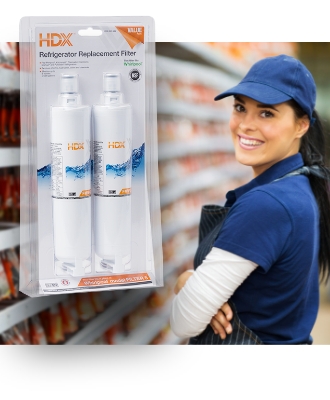
Sitting on a Shelf, Table,
Countertop or Display
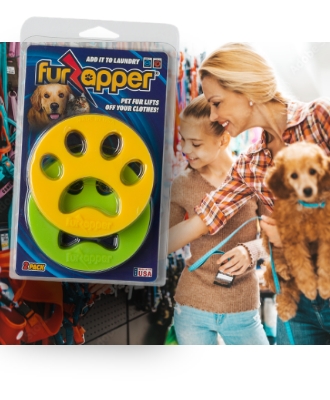
Hanging on Wall or Display
(Peg Board, Slat Wall, etc.)
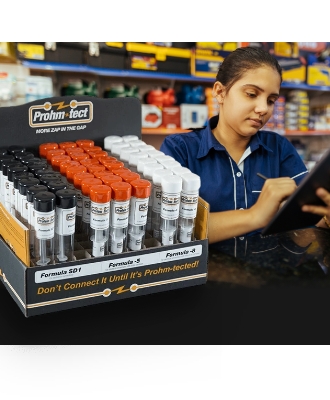
Sitting in Displays
or Bins
Simply answering this question alone won’t lead to the obvious package choice. For the most part, blister packaging tends to be ideal for products that will hang on a wall or pegboard, but not for sitting on shelves. Clamshells, tube containers, trays and thermoformed containers can often be designed to hang, sit or be integrated into the right type of display.
2. Product Size & Weight
As you may expect, certain packages simply work better for some products.
Long and/or Cylindrical Products
For instance, tube containers are often selected for products that are long and/or cylindrical in nature. These containers allow for 360° viewing and can typically accommodate heavier products while still remaining easy to assemble.
Smaller, Lighter Weight Products
Blister packs, clamshells, trays and other thermoformed containers call all be used for smaller, lighter weight products. Blister packaging is often the least expensive of these options but typically also requires sealing equipment that clamshells do not.
Larger or Heavier Items
Clamshell packages, trays and other thermoformed containers tend to be the best solution for those needing to package larger or heavier items.
Long and/or Cylindrical Products
For instance, tube containers are often selected for products that are long and/or cylindrical in nature. These containers allow for 360° viewing and can typically accommodate heavier products while still remaining easy to assemble.
Smaller, Lighter Weight Products
Blister packs, clamshells, trays and other thermoformed containers call all be used for smaller, lighter weight products. Blister packaging is often the least expensive of these options but typically also requires sealing equipment that clamshells do not.
Larger or Heavier Items
Clamshell packages, trays and other thermoformed containers tend to be the best solution for those needing to package larger or heavier items.
3. Piece Price
For the most part, the per-package price for almost any plastic package will be determined by the following:
Empty Package Weight
Thick, heavy packages typically cost more than thin, light packages
Type and Cost of Material
PVC, PET, PETG, Polypropionate, or Polycarbonate
Production Speed
Determines labor and overhead allocations
Set Up Time
Time required to get molds, tooling and material into machine
Complexity
Time to coordinate and complete any secondary processes
Admin Time
Time to process orders, coordinate any secondary operations, pack and ship an order
Transportation Costs
Most blisters, clamshells, trays and thermoformed containers will nest during shipping to keep transportation costs low.
Of course, the volume you need to purchase will also typically play a major role in determining the piece-price. While the material cost per package may be similar regardless of whether you want 100 or 1 million pieces, other fixed costs will need to be allocated over a much smaller number of packages. Similarly, the number of molds and size/speed of machine producing the package will affect the price. VisiPak has a wide variety of machines available to help ensure that your package can be processed in the most cost efficient manner possible.
4. Design & Mold Cost
Ideally, you will be able to find a standard package in the VisiPak line – one in which tooling already exists – to work for your needs. If not, VisiPak can still provide very cost-effective, customized packaging solutions, but costs related to designing, prototyping, testing and building molds will need to be considered.
In general, design and tooling costs are the lowest for items like tube containers while clamshells, blisters and thermoformed containers tend to be higher.
For instance, the design time and tooling required to make a clear plastic tube is typically very low, but the costs to make custom bottoms and caps can be higher depending on the complexity of the cap and the method in which it needs to be molded.
For thermoformed clamshells, blisters and containers, VisiPak works to keep costs low by using standard mold bases that can accommodate a wide variety of cavities.
4. Design & Mold Cost
Ideally, you will be able to find a standard package in the VisiPak line – one in which tooling already exists – to work for your needs. If not, VisiPak can still provide very cost-effective, customized packaging solutions, but costs related to designing, prototyping, testing and building molds will need to be considered.
In general, design and tooling costs are the lowest for items like tube containers while clamshells, blisters and thermoformed containers tend to be higher.
For instance, the design time and tooling required to make a clear plastic tube is typically very low, but the costs to make custom bottoms and caps can be higher depending on the complexity of the cap and the method in which it needs to be molded.
For thermoformed clamshells, blisters and containers, VisiPak works to keep costs low by using standard mold bases that can accommodate a wide variety of cavities.
5. Assembly
In many instances, assembly options need to be considered along with the quantity of products being packaged. Obviously, if the number of products being packaged is significant, investing in the automation equipment needed to pack and seal the packages may be a foregone conclusion. For products with smaller volume requirements, the opposite may be true – the items may be best packed manually .
Blister Packaging
It is important to note that with the exception of slide blisters, most blister packaging requires sealing equipment and a custom build tool to seal the plastic cavity to the header card or to “trap” the blister between card stock.
Clamshells, Tubes, Containers and Folding Cartons
Conversely, most clamshells, tubes/containers and folding cartons can be assembled manually with no equipment. Clamshells tend to offer the most assembly and sealing flexibility with friction fit, hand-sealing or machine sealing options.
Blister Packaging
It is important to note that with the exception of slide blisters, most blister packaging requires sealing equipment and a custom build tool to seal the plastic cavity to the header card or to “trap” the blister between card stock.
Clamshells, Tubes, Containers and Folding Cartons
Conversely, most clamshells, tubes/containers and folding cartons can be assembled manually with no equipment. Clamshells tend to offer the most assembly and sealing flexibility with friction fit, hand-sealing or machine sealing options.
6. Decorating Options
While the primary benefit of clear packaging is that the prospective customer will be able to see the “actual product” that they will be purchasing, most clear plastic packages are designed with additional graphics for branding, sales messaging and other information.
7. Accessibility & Security
One very important question to ask when considering the design of virtually any plastic package is “Do I want consumers to be able to access the product.” Some designers want a package that allows customers or salespeople to be able to open the package, touch the product, test it and then put it back without damaging the package. In contrast, others want sealed packages that secure high-value products and/or provide evidence of package tampering.
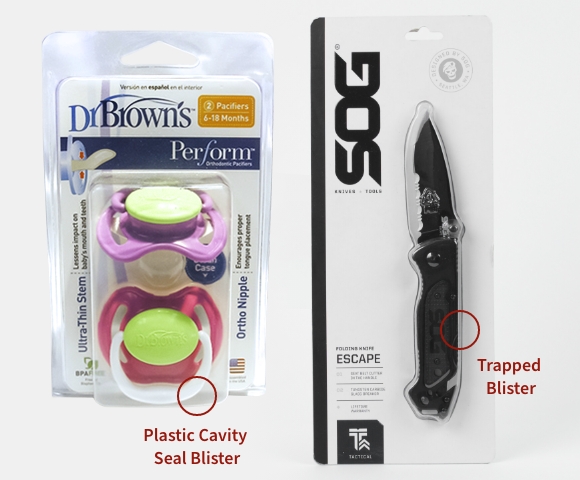
Blister Packaging
Blister packaging tends to be the least flexible option when it comes to accessibility. With the exception of slide blisters, most blister packs feature a plastic cavity sealed to a card. The only real option one has for allowing some touch would be punch a hole in the card.
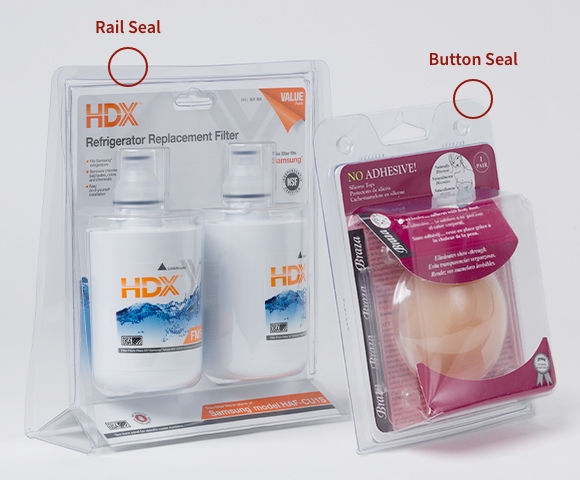
Clamshells
Clamshells tend to be very flexible. Most of our standard clamshells are designed with friction fit, rail or button seal functionality, but can also be heat sealed for a more permanent solution using automated equipment or hand held clamshell sealers.
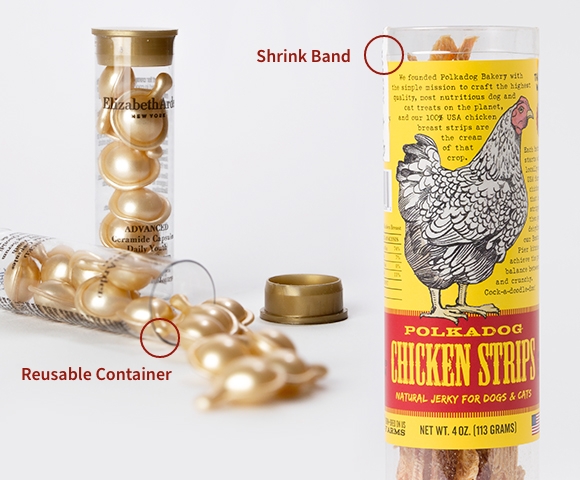
Tubes & Containers
Tubes and containers typically feature one cap that is not permanent in nature so they are ideal for people looking for accessibility. If a greater level of security is desired, integrating shrink bands is typically as easy as applying and heating.
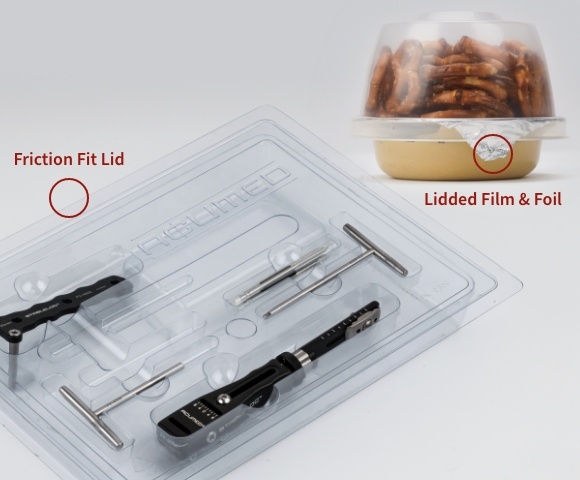
Thermoformed Containers
While most thermoformed containers can utilize the same sealing options as clamshells, many are actually designed to be lidded and sealed with plastic film or foil – especially in food packaging applications.
8. Ongoing Usage
One the last major factors to consider is whether the package will function as a container for ongoing use, or storage. This is typically not a concern for products where the end customer will remove them from the package and then use or store them separately. However, for products that will be stored for future use, the durability and usability of the package is of paramount importance.
Packaging tubes tend to be a very popular choices for designers packaging multiple items. For instance, these packages feature secure bottoms with re-usable caps and plugs that allow the package to be used as a storage device.
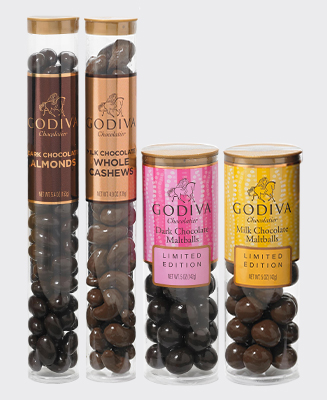
Candy Packaging
Tubes
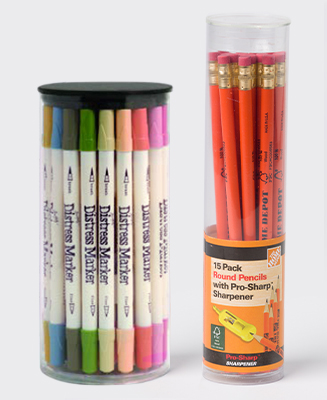
Pens, Pencils, Markers
& Brushes
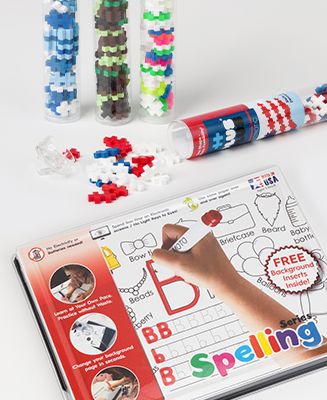
Puzzles, Toys
& Games
